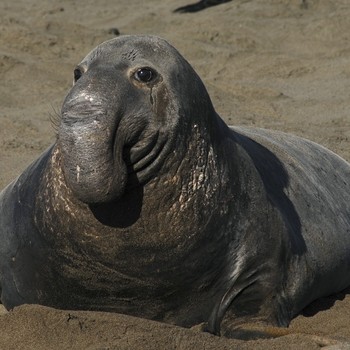Water is characterized as a polar molecule. What does this mean?
1 Answer
Water has a net dipole.
Explanation:
Water consists of two hydrogen atoms covalently bonded to a central oxygen atom. These bonds are said to be polar bonds because of the difference in electronegativity between the atoms. Oxygen is much more electronegative than hydrogen, and thus the electrons within the H-O bond tend to spend more time around the O. This leads to the hydrogen being slightly positive and the oxygen being slightly negative (we denote this as
 )
)
Notice how water has a bent shape, or an angular shape. If the molecules were straight, the dipole moments (vectors) would point towards each other and cancel out the charge of the molecule.
On central oxygen atom, there are also two lone electron pairs.
 )
)
According to valence shell electron pair repulsion (VSEPR) theory , because the electron pairs like to be as far away from each other as possible, the hydrogen atoms are "pushed down" into a bent shape, instead of being on opposite sides of the oxygen molecule. This is due to the two lone electron pairs.
The bent shape of the water means that the dipoles do not cancel each other out, and thus gives water a net dipole , as indicated by the red vector arrow in the first image.
Water's polarity has many implications on its properties. It is able to form hydrogen bonds , which are relatively strong intermolecular attractions between the positive hydrogen of one molecule and the negative oxygen of another molecule. This gives water its high melting and boiling point for a small, covalent molecule. It's also the reason water is denser than ice, and why water droplets are spherical.

